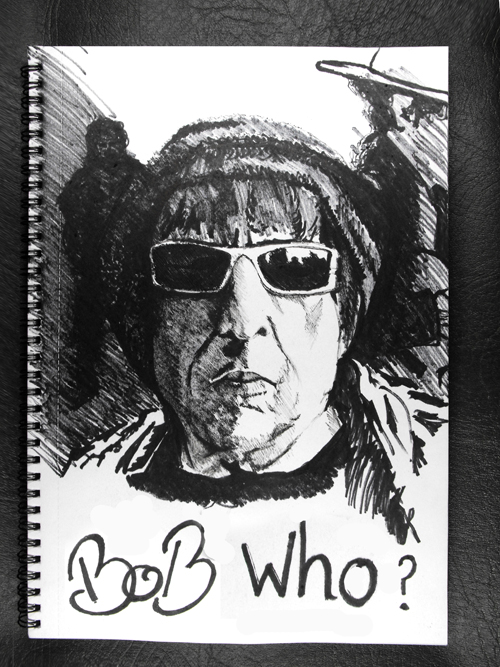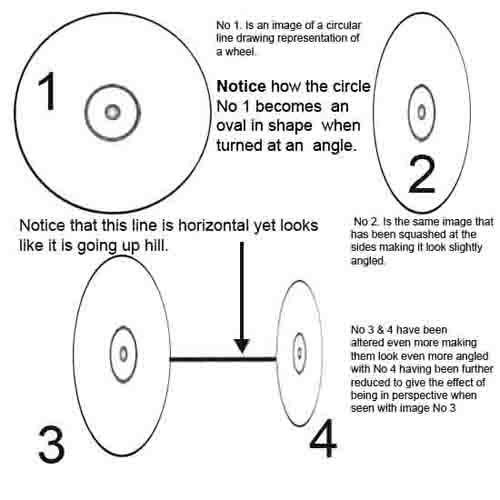Sketching, draw and drawing are the same thing right, are they really, but of course they are, aren’t they?
To draw and sketch, are they the same?
Dictionary examples:
“To draw is to sketch (someone or something) in lines; delineate; depict: to draw a vase with charcoal, to compose or create (a picture) in lines, to mark or lay out; trace: to draw perpendicular lines.
A sketch is a hasty or UN-detailed drawing or painting often made as a preliminary study.”
Many years ago when I was in school, I took an option to do Technical Drawing, I didn’t like it because it was more about mathematics, accuracy and precession with no room for mistakes, I did not consider it to be drawing at all. I believed it was too mechanical, too calculated and I did not realize then, that all drawing is about these same processes of measurement but carried out in different ways, using your eyes rather than a ruler. When doing Technical Drawing, you know how to do it and how it will look, before it has even been done but when you do some sketching, these restraints are not as important, as just getting something down on paper.
To me there is a big difference between them are: drawings are about accuracy and detail, where as sketches are about speed and experimentation, but to clearly define them individually, is difficult because aspects of both spill into each other.
When you draw with accuracy, the information you record becomes visual knowledge, so when you sketch, that same visual knowledge spills over into your practice, which in turn informs you’re sketching.
Sketching is about getting things right and wrong, to test or find new ideas, to drive your ability, where as drawing is about doing this but also it is about getting it right, with all the details in all the right places.
Drawings can sometimes also go wrong, which often inspires new ideas but with sketches, there is less emphasis on accuracy, so more opportunity for errors of judgment and greatly increasing the chance of finding happy accidents.
Happy accidents, are where people find positive outcomes by accident and many great discoveries in art, science and all other areas are found often, in this way, the one premise for doing this is, you won’t find anything if your not looking.
When people draw they first sketch an outline, then they sketch where the detail goes and then they draw in the detail. This process is one of the basic rules of drawing and sketching, along with working from light to dark.
When people draw, they first make small light marks identifying where everything goes, in relation and proportionate to everything else in the drawing, as compared to the subject of your drawing or sketching.
Drawing focuses on conveying subjects, through the deeper understanding of details contained within them, both require you to think, about what you are doing, at least in the beginning, both require you to constantly look, from subject to work area.
Both teach you to see and to look for more, even when producing less detail, you still learn to see in terms of plains, angles, curves, contour, light and dark, the process of drawing or sketching, will both aid the development of this ability.
The more you do it, the better you get at it, sketching, draw and drawing are the same thing right?
View Gareth Pritchard’s profile on G+



